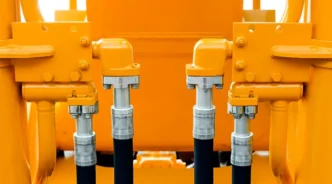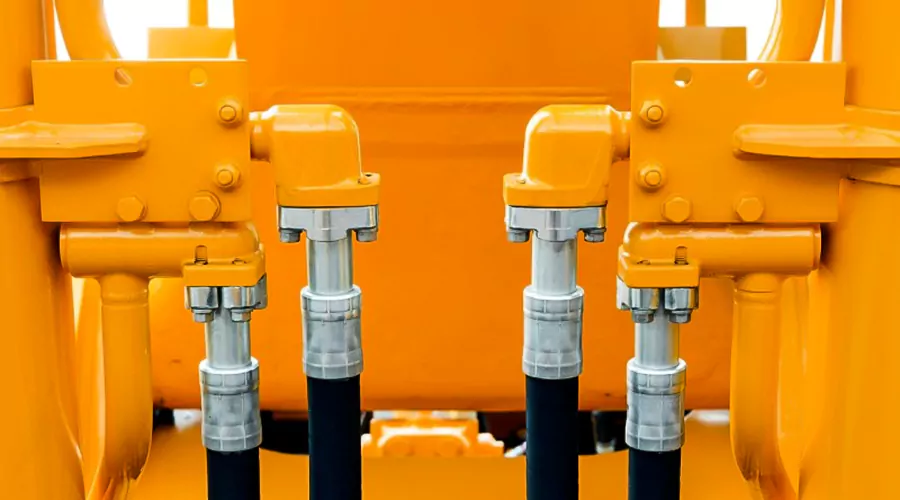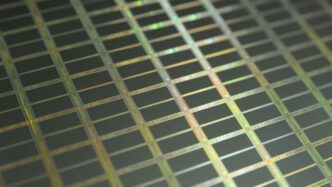Introduction:
The world’s most comprehensive coatings product, service, equipment factory/supplier directory website. Help companies or industries find reliable coatings industry peripheral products and services to facilitate.
In the world of industrial and protective coatings, understanding the makeup and behavior of different formulations is critical for ensuring performance, longevity, and environmental compliance. One of the key differentiators among paint and coating systems is the solids content—the portion of the coating that remains on a surface after the solvents evaporate. These are categorized as Difference Between High Solids and Low and Midium Solids Coatings each with their own advantages and trade-offs. Additionally, in many coating systems, especially those used for metal, a preparatory process called conversion coating plays a vital role in enhancing adhesion and corrosion resistance. This article breaks down the differences between coating solids and explains how conversion coatings fit into the overall finishing process.
What Are Solids in Coatings?
Solids in coatings refer to the non-volatile components of a paint or finish—the binders, pigments, and additives that remain on the substrate after the carrier solvents or water evaporate. The higher the solids content, the thicker and more durable the resulting film. Solids are typically expressed as a percentage. For example, a coating with 70% solids by volume means that 70% of the product remains after drying. This metric is crucial for professionals in estimating coverage, performance, and environmental impact. Depending on the application method, performance requirements, and regulatory standards, coatings can be classified into low, medium, or high solids.
Low Solids Coatings: Easy to Apply, Higher VOCs
Low solids coatings generally contain less than 50% solids by volume, with a large portion made up of solvents or water that evaporate during drying. These coatings are easy to apply, often using conventional spray equipment, and level out smoothly on the surface. However, the major downside is their high Volatile Organic Compounds (VOC) content, which contributes to air pollution and worker exposure risks. Low solids coatings also result in thinner dry films, which may require multiple coats for sufficient coverage and protection. Despite their limitations, they are still used in some applications where ease of application and finish quality take precedence over durability.
Medium Solids Coatings: A Balanced Approach
Medium solids coatings, typically ranging from 50% to 65% solids by volume, offer a balance between performance and ease of application. These coatings contain fewer VOCs than low solids products while still maintaining manageable viscosity levels for spray and brush applications. As environmental regulations have tightened, medium solids coatings have become a popular choice in industries like automotive refinish, structural steel, and machinery manufacturing. They provide better film build per coat compared to low solids coatings and usually require less thinning, improving both environmental compliance and productivity without sacrificing too much workability.
High Solids Coatings: Efficiency and Compliance
High solids coatings, with solids content of 65% to over 80%, are engineered to deliver superior protection while minimizing environmental impact. They produce a thicker dry film with fewer coats, improving productivity and reducing labor and material costs. Because they contain fewer solvents, they emit significantly lower VOCs, making them a preferred option in environmentally sensitive industries. High solids coatings are widely used in oil and gas infrastructure, marine coatings, pipelines, and heavy equipment where maximum corrosion resistance and film durability are required. However, due to their higher viscosity, they may require specialized equipment such as heated spray systems for optimal application.
Comparing Performance and Usage
When comparing the three types of coatings, it’s important to consider dry film thickness (DFT), application method, environmental regulations, and cost efficiency. Low solids coatings may be cheaper upfront and easier to apply with simple equipment, but they often require multiple coats to reach the desired protection. Medium solids coatings strike a balance and are ideal for general-purpose industrial use. High solids coatings offer the best protection with minimal coats and are ideal for harsh environments, though they may need more advanced equipment and trained applicators. Ultimately, the selection depends on substrate type, exposure conditions, and operational constraints.
Introduction to Conversion Coating
Before any coating is applied—especially to metal surfaces—proper surface preparation is critical. One of the most widely used surface treatments is the conversion coating process. A conversion coating is a chemical treatment that reacts with the metal substrate to form a thin, corrosion-resistant layer. This layer improves the adhesion of subsequent coatings, enhances corrosion resistance, and creates a more uniform surface. Common metals treated with conversion coatings include aluminum, zinc, magnesium, and steel. Conversion coatings are often an essential pre-treatment step in coating systems used in aerospace, automotive, military, and architectural applications.
Types of Conversion Coatings
There are several types of conversion coatings, each tailored to different metals and performance needs. Phosphate coatings are widely used on steel and iron surfaces, forming a crystalline layer that improves paint adhesion and corrosion resistance. Chromate conversion coatings are commonly used on aluminum and magnesium, offering excellent corrosion protection and paint adherence. Zirconium- and titanium-based coatings, often referred to as “green” conversion coatings, are newer, eco-friendlier alternatives to traditional chromates. These coatings are often used in powder coating lines and in industries seeking to reduce hazardous waste without compromising performance.
Benefits and Limitations of Conversion Coatings
Conversion coatings offer multiple advantages: they increase paint adhesion, extend the life of coatings, reduce under-film corrosion, and provide a stable, uniform surface for finishing. They are especially useful in environments where coated metals are exposed to humidity, chemicals, or fluctuating temperatures. However, conversion coatings also require precise process control—temperature, pH, immersion time, and cleanliness must be strictly monitored. Additionally, some traditional conversion coatings (like chromates) contain toxic substances, which are being regulated or phased out in many countries. Proper waste disposal and environmental management are necessary when using these chemicals.
Final Thoughts
The choice between low, medium, and high solids coatings plays a crucial role in determining a project’s cost, performance, and environmental compliance. As industries push toward greener, more efficient systems, high solids coatings and advanced conversion treatments are gaining traction. Meanwhile what is conversion coating remain a foundational step in metal finishing, enhancing the performance of nearly every type of topcoat. Whether you’re painting a structural steel bridge, coating a pipeline, or applying automotive finishes, understanding these concepts helps ensure a better-performing, longer-lasting, and more sustainable finish. By aligning coating systems with substrate needs and environmental goals, professionals can achieve superior results in both appearance and protection.














